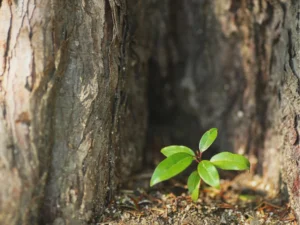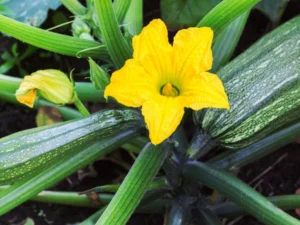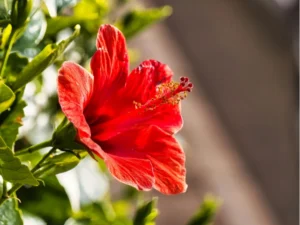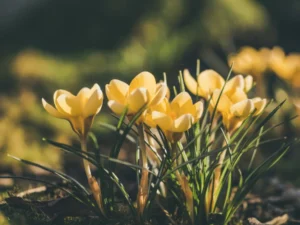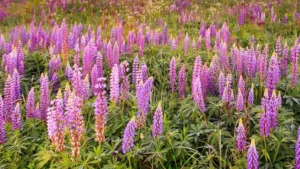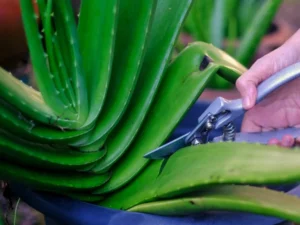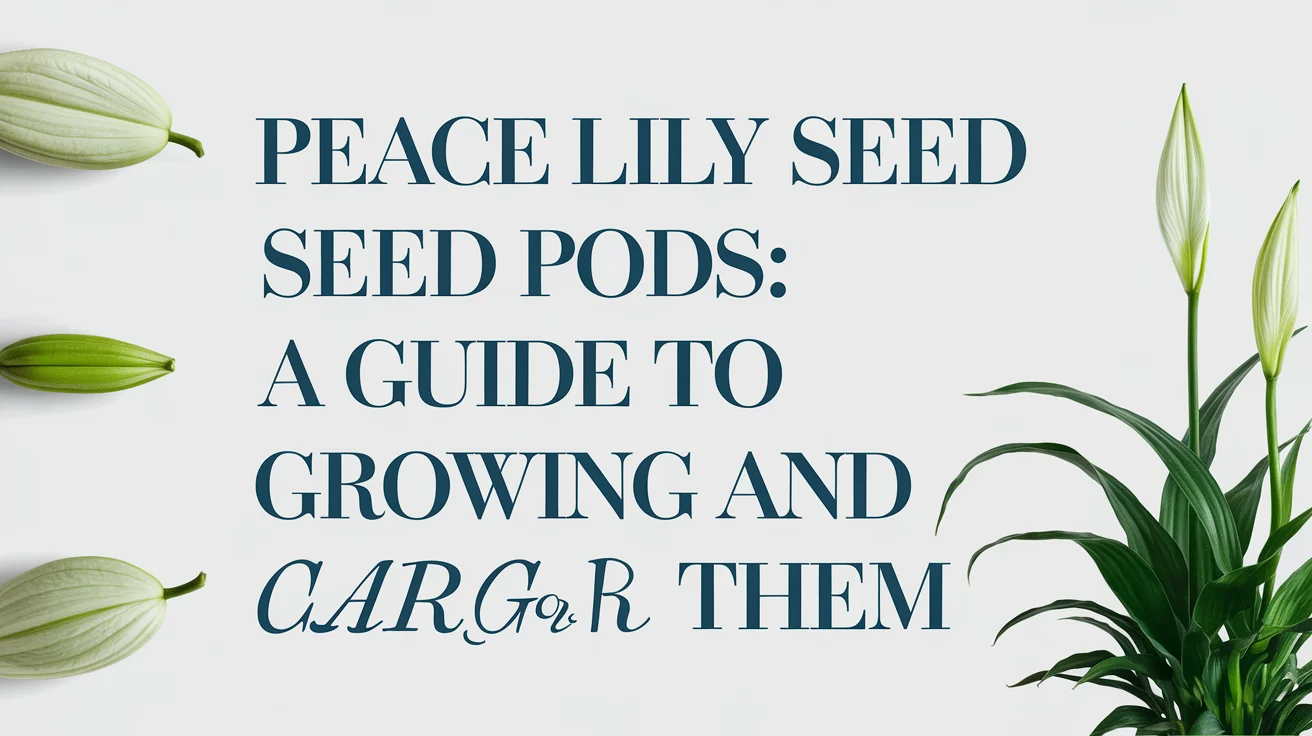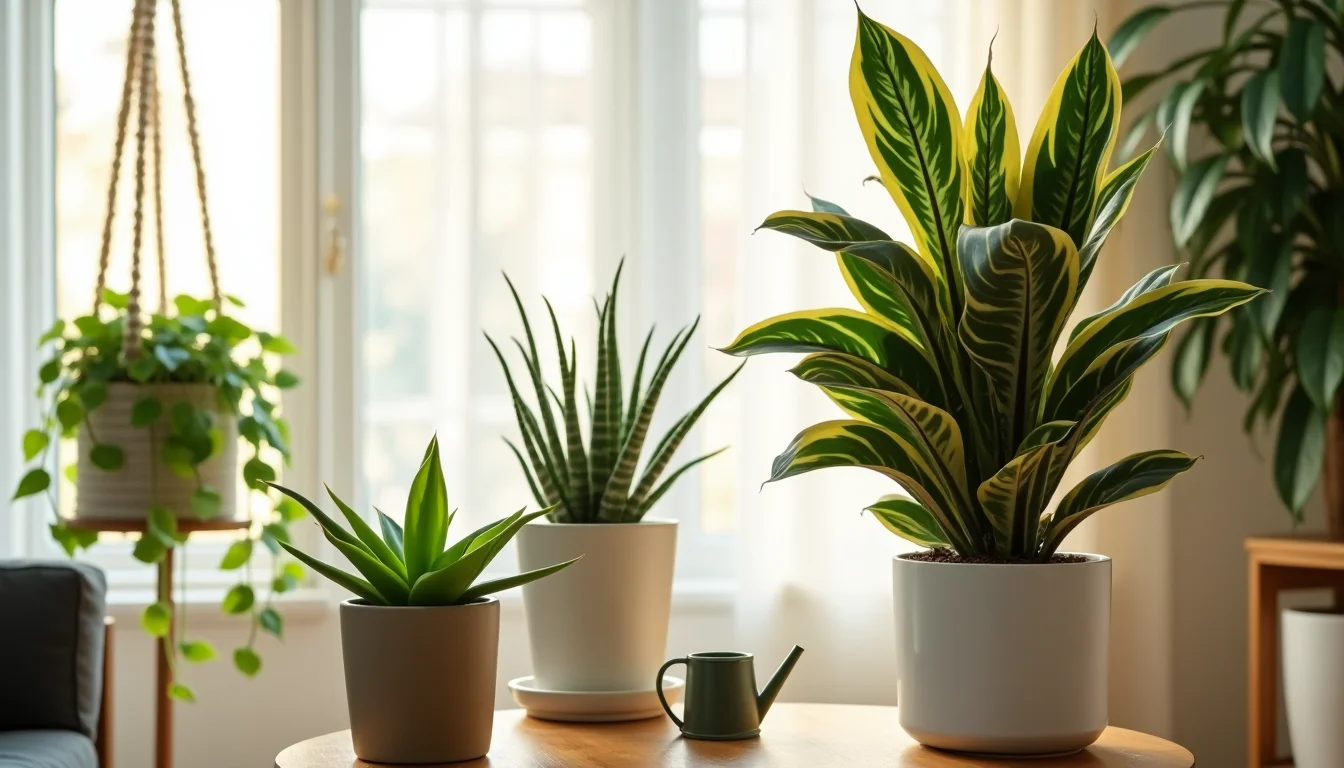Aloe vera is widely recognized for its medicinal properties, soothing gel, and skin-care applications. However, some aloe species pose health risks if humans or animals consume or touch them. Therefore, understanding poisonous aloe vera species is essential for gardeners, pet owners, and plant enthusiasts.
These species contain compounds that can cause serious health issues, so it is crucial to identify them correctly. This article provides detailed guidance on identifying toxic aloe species, understanding their risks, and applying proper safety measures.
What Makes Some Aloe Vera Species Toxic?

Certain aloe species produce anthraquinones and saponins, which make them toxic. As a result, ingesting high amounts of anthraquinones can cause gastrointestinal distress, dehydration, and even liver damage. Saponins, on the other hand, irritate skin and mucous membranes.
In addition, some aloe latex contains concentrated toxic compounds. Even species closely related to Aloe barbadensis miller can irritate the skin or harm the digestive system. Therefore, accurately identifying the plant is critical to prevent accidental exposure. Gardeners and plant enthusiasts should always research the species before use and take precautions when handling any unfamiliar aloe plants.
Common Poisonous Aloe Vera Species

1. Aloe ballyi: A Rare Poisonous Aloe Vera Species
Native to Kenya and Tanzania, Aloe ballyi grows tall, slender stems and long, straight leaves. Furthermore, this rare species emits a strong, unpleasant odor from its sap, which signals its toxicity. Gardeners must wear gloves when handling it and avoid ingestion. To learn more about other different species of Aloe vera, you can check out our detailed guide here.
2. Aloe elata: Recognizing Toxic Aloe Vera Species
Aloe elata contains toxic sap with high anthraquinone levels. Its odor clearly indicates danger, and consuming it can cause vomiting, diarrhea, and skin irritation. Moreover, this species is unsuitable for medicinal or culinary use. Gardeners should always handle Aloe elata with gloves and keep it out of reach of children and pets. More information is available at Nature Kenya.
3. Aloe ruspoliana: Toxic Aloe Species to Avoid
Aloe ruspoliana features thick, fleshy leaves and emits a distinctive strong odor. Consequently, people should never consume it. Gardeners should handle it carefully and clearly label it to prevent accidental ingestion. Furthermore, knowing the appearance and growth habits of Aloe ruspoliana can help gardeners distinguish it from safe aloe species.
4. Aloe venenosa: A Highly Poisonous Aloe Vera Species
Native to Madagascar, Aloe venenosa produces potent sap that irritates skin and causes digestive issues if ingested. Gardeners often grow it for its unique appearance; however, they must follow strict safety measures. Additionally, properly identifying Aloe venenosa before planting helps prevent accidental contact and ensures safe handling. Learn more at Guildford Cycads.
Symptoms Caused by Poisonous Aloe Vera Species in Humans
Poisonous aloe species can cause several symptoms, depending on the exposure:
-
Nausea and vomiting
-
Abdominal cramps and diarrhea
-
Skin redness and irritation
-
Dizziness or dehydration in severe cases
-
Liver damage with prolonged exposure
For example, ingesting leaves from Aloe venenosa can produce rapid gastrointestinal symptoms. Therefore, it is essential to seek medical attention immediately if exposure occurs.
Poisonous Aloe Vera Species and Pet Safety

Pets, including cats, dogs, and rabbits, can suffer if they consume aloe leaves or gel. They may experience vomiting, diarrhea, lethargy, or loss of appetite. As a result, pet owners should keep aloe plants out of pets’ reach. Meanwhile, non-toxic alternatives such as spider plants or Boston ferns provide a safe option. For more information, see Veterinary Emergency Group.
How to Identify Poisonous Aloe Vera Species Accurately
People can identify toxic aloe species using the following steps:
-
Smell the Sap: Toxic species emit a strong, unpleasant odor.
-
Examine Leaf Characteristics: Look for unusual shapes, thickened leaf margins, or distinct markings.
-
Research the Species: Consult online databases, botanical guides, or horticulturists to verify species.
-
Observe Plant Habitat: Some toxic species originate from specific regions and climates, which helps in identification.
In addition, combining these methods increases accuracy and reduces the risk of handling a poisonous plant unknowingly.
Safety Guidelines for Handling Poisonous Aloe Vera Species
Even toxic aloe plants pose minimal risk if handled correctly:
-
Wear Gloves: Protect skin when pruning or repotting aloe plants.
-
Avoid Consumption: Do not eat leaves, sap, or gel unless the species is confirmed safe.
-
Educate Family and Visitors: Explain the potential risks clearly.
-
Label Toxic Plants: Clear labeling prevents accidental use or ingestion.
-
Consult Experts: Horticulturists or botanists provide professional guidance on plant safety.
Furthermore, applying these safety measures ensures a safe environment for both humans and pets.
How to Differentiate Safe Aloe Vera from Poisonous Species
Aloe barbadensis miller (common aloe vera) is safe for topical use and some medicinal purposes. Toxic species usually emit bitter or strong-smelling sap and may have spiny leaf margins or unusual coloration. Consequently, observing these features carefully prevents accidental exposure and ensures safe use.
Frequently Asked Questions
Can Aloe vera gel from toxic species be used on skin?
No. Toxic species may cause skin irritation or allergic reactions. Therefore, only use gel from confirmed Aloe barbadensis miller plants.
Are all Aloe species dangerous to pets?
Most aloe species contain compounds toxic to pets. As a result, keep all aloe plants out of their reach.
How do I know if an aloe plant is poisonous before planting it?
Consult reliable botanical references or horticulturists. Examine sap color, smell, and leaf shape to confirm safety.
What should I do if I accidentally ingest a toxic aloe plant?
Seek immediate medical attention. Meanwhile, bring a sample of the plant for proper identification if possible.
Conclusion
Aloe plants provide numerous benefits, but poisonous aloe vera species pose health risks to humans and pets. By learning to identify toxic species, practicing safe handling, and educating others, gardeners can enjoy aloe plants without danger. For those who love the look of aloe but want alternatives, you can also explore plants that look like aloe vera. In addition, safe practices protect both people and pets while allowing the beauty and medicinal properties of aloe plants to be appreciated.
Moreover, understanding which aloe species are toxic helps prevent accidental ingestion and ensures a safe environment for children and pets. Regularly inspecting your aloe plants and labeling potentially dangerous species adds an extra layer of precaution. Finally, combining knowledge with careful handling allows gardeners to enjoy the therapeutic and ornamental value of aloe safely.




